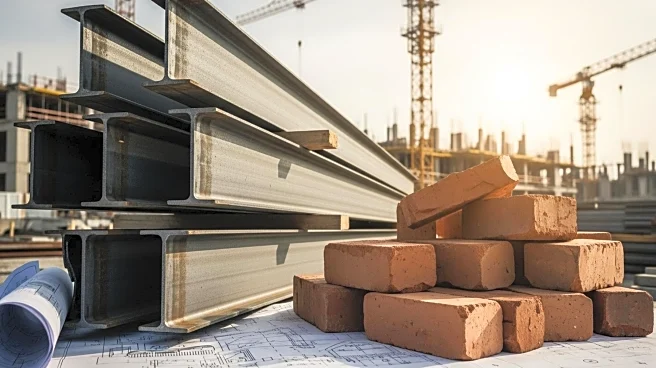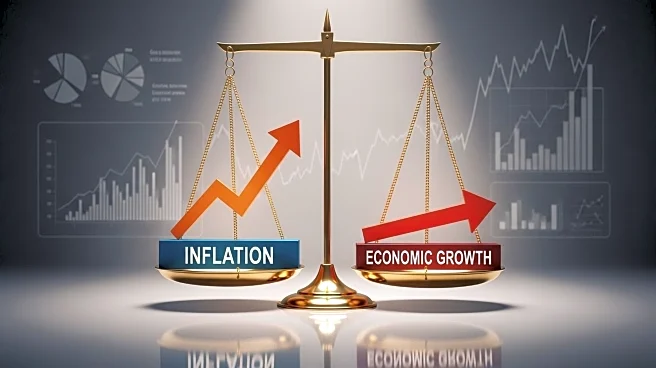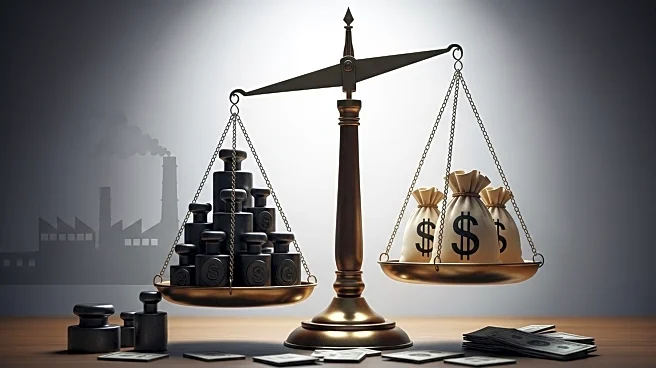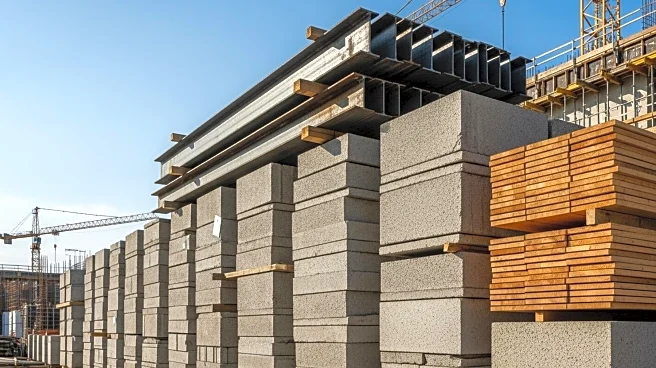What's Happening?
The construction industry is facing increased material costs, with a 0.2% rise in August driven by higher iron and steel prices. According to the Associated Builders and Contractors' analysis of the U.S. Bureau of Labor Statistics' Producer Price Index data, overall input prices are now 2.3% higher than a year ago. Tariff hikes have contributed to this volatility, with many contractors reporting project delays or cancellations due to increased costs. The Associated General Contractors of America highlights that the market's ability to absorb these price increases is limited, and further tariff resolutions are needed to stabilize demand.
Why It's Important?
The rising costs of construction materials pose significant challenges for the industry, potentially leading to project delays, cancellations, and increased costs for developers and consumers. The impact of tariffs on materials like steel and aluminum has allowed domestic producers to raise prices, affecting the overall cost structure of construction projects. This situation could slow down the construction sector's recovery and impact economic growth, as construction is a key driver of employment and investment.
What's Next?
The construction industry may continue to face challenges as material costs remain volatile. Stakeholders will likely advocate for the resolution of trade disputes and the reduction of tariffs to stabilize prices. Contractors may also explore alternative sourcing strategies and cost-sharing arrangements to mitigate the impact of rising costs. The industry's response to these challenges will be crucial in determining the pace of recovery and growth in the construction sector.











